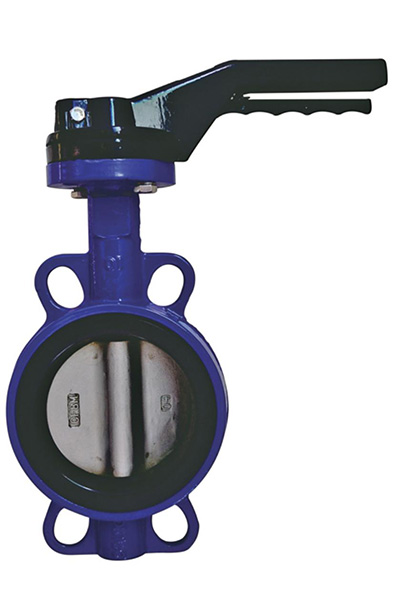Nov . 26, 2024 22:54 Back to list
Flange Mounted Quiet Check Valve for Efficient Fluid Control Solutions
Flange Type Silent Check Valve An Essential Component in Fluid Systems
In the realm of fluid control systems, the silent check valve—specifically the flange type—plays a crucial role in maintaining efficient and reliable operation. With its unique design and functionality, this type of valve ensures that fluid flows in one direction while preventing backflow, which can lead to significant system damage and inefficiencies. In this article, we will delve into the composition, working principles, advantages, and applications of flange type silent check valves.
What is a Flange Type Silent Check Valve?
A flange type silent check valve is a unidirectional valve that utilizes a disc mechanism to allow fluid to pass through in one direction while preventing it from flowing back. The term silent denotes its reduced noise levels during operation, a critical feature in many industrial applications where noise pollution is a concern. The design includes flanges—flat pieces of metal that are bolted to the pipeline, facilitating easy installation and maintenance.
Working Principle
The operating mechanism of a flange type silent check valve is relatively straightforward. When fluid flows in the designated forward direction, it exerts pressure on the valve disc, lifting it and allowing fluid to pass through. However, if the fluid attempts to flow in the reverse direction, the pressure drops, causing the disc to close tightly against the valve seat. This immediate response prevents backflow, thereby protecting the system from potential damage.
This mechanism operates silently compared to traditional check valves, which can create noise due to slamming closures. The smooth and gradual opening and closing action of the disc in silent check valves minimizes turbulence and vibration, thus preserving the structural integrity of piping systems.
Advantages of Flange Type Silent Check Valves
1. Noise Reduction As the name suggests, the silent check valve operates quietly. This feature makes it ideal for locations where noise is a concern, such as hospitals, residential areas, and commercial buildings.
2. Reliable Backflow Prevention The design of the valve ensures a secure closure, effectively preventing backflow and the associated damages that can occur in various industries.
3. Durability Flange type silent check valves are typically made from robust materials such as stainless steel, cast iron, or brass. This durability offers a long service life, even in demanding conditions.
flange type silent check valve

4. Easy Installation The flange design makes it easier to install and replace the valve. The standard dimensions of flanges allow for compatibility with various piping systems, ensuring flexibility in design.
5. Wide Range of Applications These valves find use across multiple industries, including water treatment, HVAC systems, oil and gas processing, and chemical manufacturing. Their versatility makes them a staple in fluid management systems.
Applications
Flange type silent check valves are used in numerous applications, reflecting their importance in fluid management
- Water Distribution In municipal water supply systems, silent check valves help maintain pressure levels and prevent backflow that could contaminate the water supply.
- Fire Protection Systems These valves are critical in fire suppression systems, ensuring that water can flow to the necessary locations without the risk of backflow, which could compromise system efficacy.
- HVAC Systems In heating, ventilation, and air conditioning systems, silent check valves regulate fluid flow quietly and efficiently, optimizing system performance.
- Aquaculture and Agriculture They are increasingly used in irrigation systems and aquaculture farms, where maintaining appropriate water flow and quality is crucial for productivity.
Conclusion
In summary, the flange type silent check valve is an indispensable component in modern fluid systems. Its unique design combines efficiency, reliability, and quiet operation, making it suitable for a wide range of industrial applications. As industries continue to prioritize safety, efficiency, and environmental considerations, the demand for advanced components like silent check valves is set to grow. Understanding the intricate workings and benefits of these valves allows engineers and technicians to make informed decisions, ultimately enhancing the performance and lifespan of fluid control systems.
Share
-
Reliable Wafer Type Butterfly Valves for Every IndustryNewsJul.25,2025
-
Reliable Flow Control Begins with the Right Ball Check ValveNewsJul.25,2025
-
Precision Flow Control Starts with Quality ValvesNewsJul.25,2025
-
Industrial Flow Control ReliabilityNewsJul.25,2025
-
Engineered for Efficiency Gate Valves That Power Industrial PerformanceNewsJul.25,2025
-
Empowering Infrastructure Through Quality ManufacturingNewsJul.25,2025